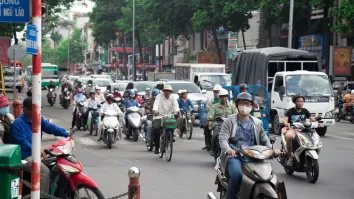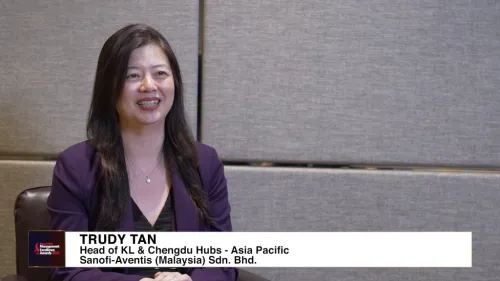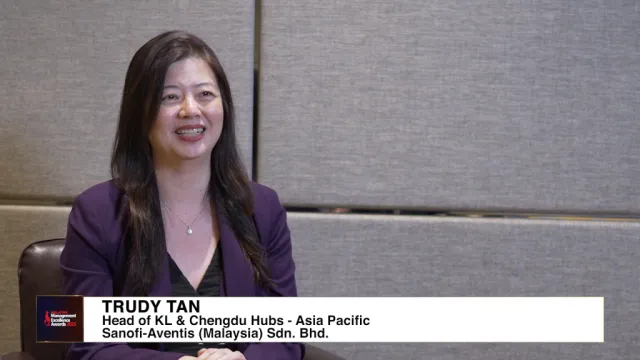
China motor insurance market to rise 5.2% this year
New energy vehicles are gaining traction in China’s vehicle market.
The motor insurance industry in China is slated to reach a compound annual growth rate (CAGR) of 5.4% to $158.9b by 2028, in terms of gross written premiums (GWP).
For the year, GWP is forecasted to reach $127.4b and seen to grow by 5.2%, thanks to rising vehicle sales, growing demand for new energy vehicles (NEVs), and favourable regulatory developments, according to GlobalData.
China’s motor insurance market saw a consistent growth of 5.6% in both 2022 and 2023, rebounding from a 5.7% decline in 2021.
The recovery of the economy post-COVID-19 and an uptick in vehicle sales have been key factors in this resurgence, a trend expected to persist into 2024 and 2025.
According to the China Association of Automobile Manufacturers (CAAM), vehicle sales surged by 10.6% in the first quarter of 2024, reaching 6.72 million units compared to the same period the previous year.
The sale of NEVs, in particular, has seen substantial growth, supported by the government’s push towards electric vehicles. The higher premiums associated with EVs and hybrid vehicles, due to the cost of batteries and spare parts, are expected to further drive growth in motor insurance.
The Chinese government has also implemented several initiatives to boost NEV sales. In June 2023, a purchase tax exemption of up to $4,188.5 was announced for vehicles bought between 1 January 2024 and 31 December 2025.
Additionally, a vehicle trade-in subsidy of $1,396.2 was introduced in April 2024.
The share of NEVs in total vehicle sales averaged 30% during the first ten months of 2023, with China’s global market share in new energy passenger vehicles increasing from 41% in 2020 to 65% in 2023.
However, the industry faces challenges due to a rise in road accidents. China recorded 1.75 million road accidents in 2023, an 8% increase from 2022, according to the Traffic Management Bureau of the Ministry of Public Security.
This rise in accidents is expected to lead to higher claim payouts, prompting insurers to reassess their risk exposure and adjust premium prices accordingly, which could further support industry growth.
In terms of regulatory influences, the China Banking and Insurance Regulatory Commission adjusted the pricing coefficients for motor insurance from a range of 0.65-1.35 to 0.5-1.5 last May 2023.
This change allows insurers greater flexibility in setting premiums, particularly for high-risk commercial vehicles, and incentivizes safe driving by offering lower premiums to drivers with good habits.
“Growing demand for new and next-generation vehicles will support the growth of China’s motor insurance industry during the next five years. However, higher claim payouts due to inflation and rising road accidents are expected to impact the profitability of Chinese general insurers in the short term,” Sutirtha Dutta, Insurance Analyst at GlobalData said.



















 Advertise
Advertise









